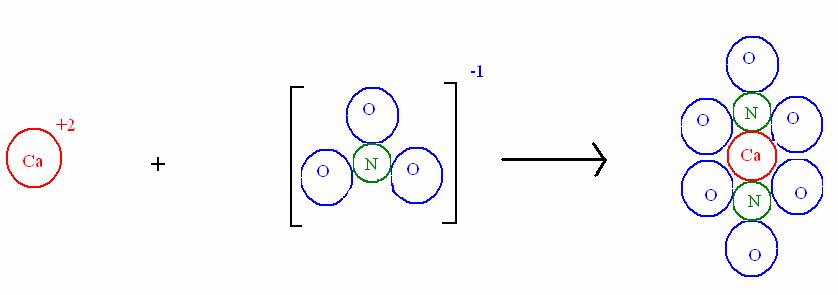Question #1ffde
2 Answers
Ok, lots to talk about here
First, let's look at the reactants for this equation.
You need the subscript 2 after the nitrate (
You might like to review
video from: Noel Pauller
You might predict the following...
Review reaction prediction here:
video from: Noel Pauller
In this case, both predicted products (
No net ionic equation because no reaction takes place with these reactants.
Review net ionic equations here:
video from: Noel Pauller
Hope this helps!
Well, in your case, the nitrate ion receives a subscript of 2 because that is the charge of calcium cation.
Because calcium is in group 2 of the periodic table, it tends to lose two electrons from its outermost shell and form cations that have a (+2) charge.
I won't go into details about how polyatomic ions get their charges, but as I'm sure you know, the nitrate ion has a (-1) charge.
This means that you need two nitrate anions to balance the positive charge of the calcium cation and form the neutral calcium nitrate, or

Not all polyatomic anions have a (-1) charge; for example, the sulfate ion has a (-2) charge, which means that when it combines with the calcium cation, you'll only need one sulfate to balance the positive charge and form calcium sulfate, or
As a conclusion, you need to become familiar with the charges on the more common cations and anions, and with the charges on the more common polyatomic ions.
Once you develop a feel for what ion can have what charge, ionic compounds will be a walk in the park.



